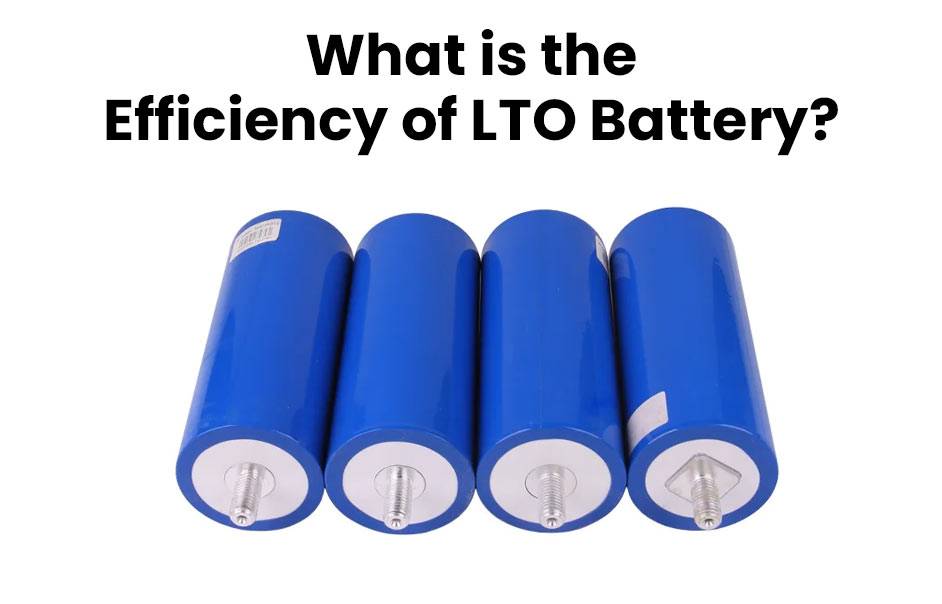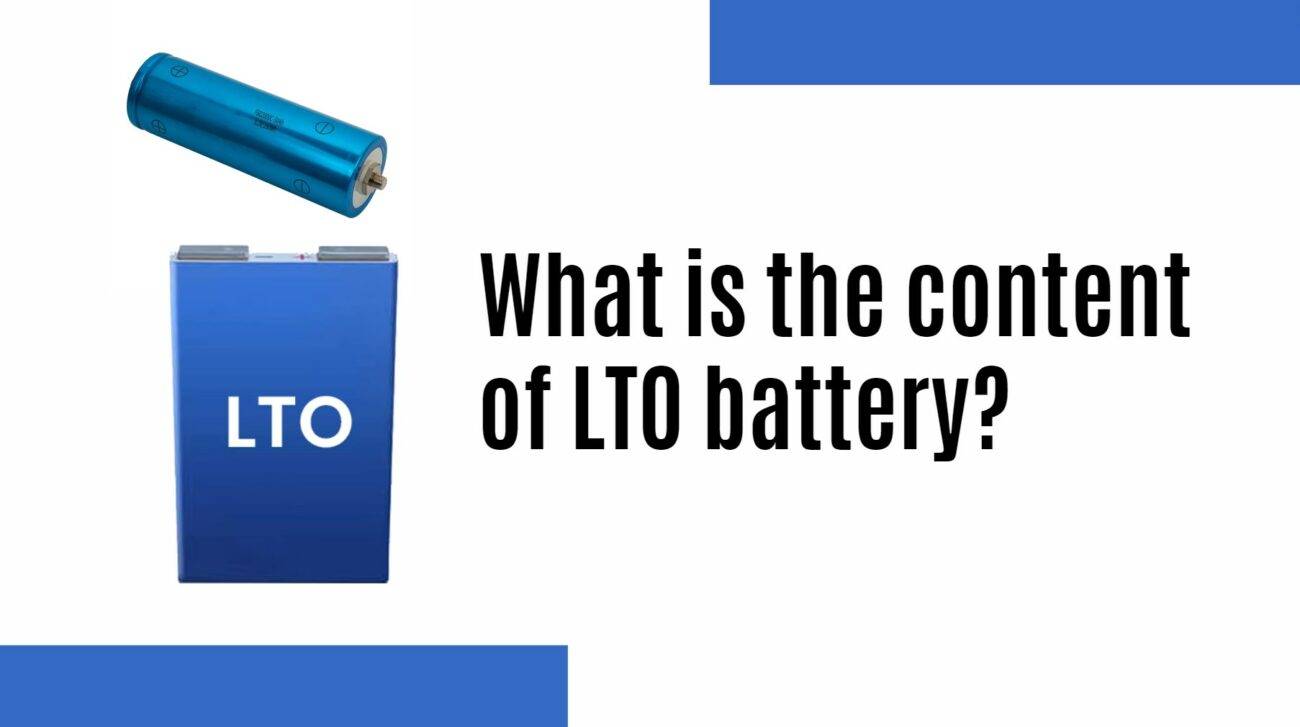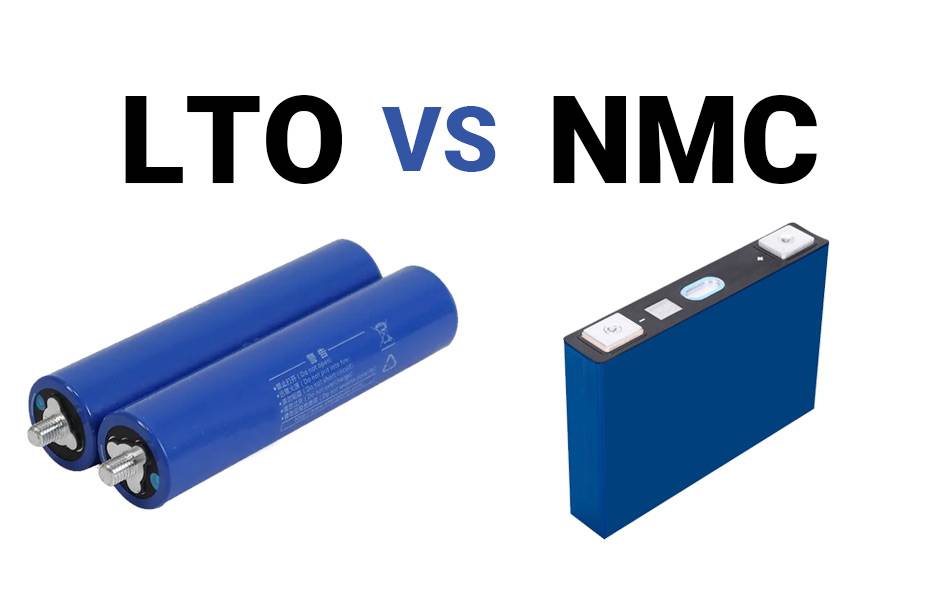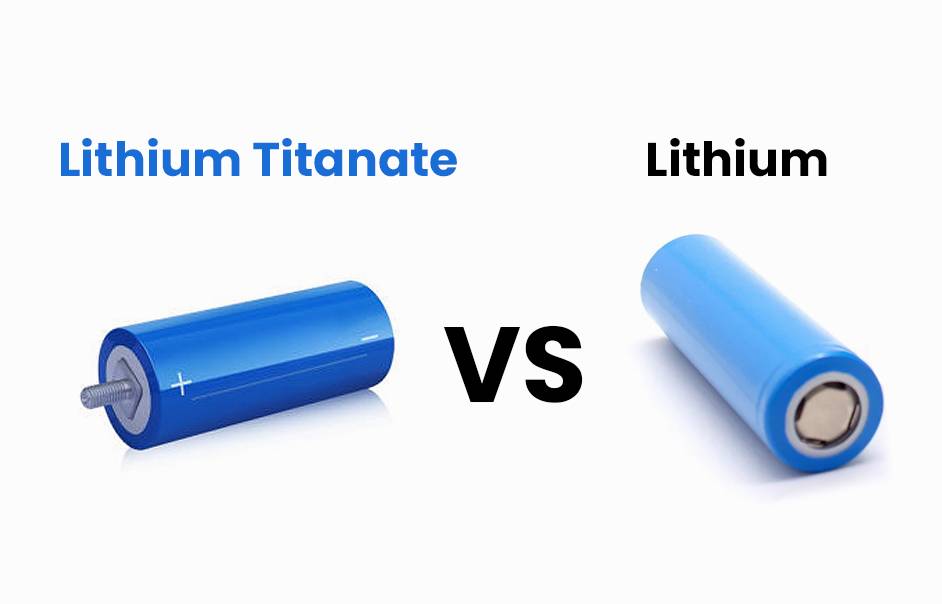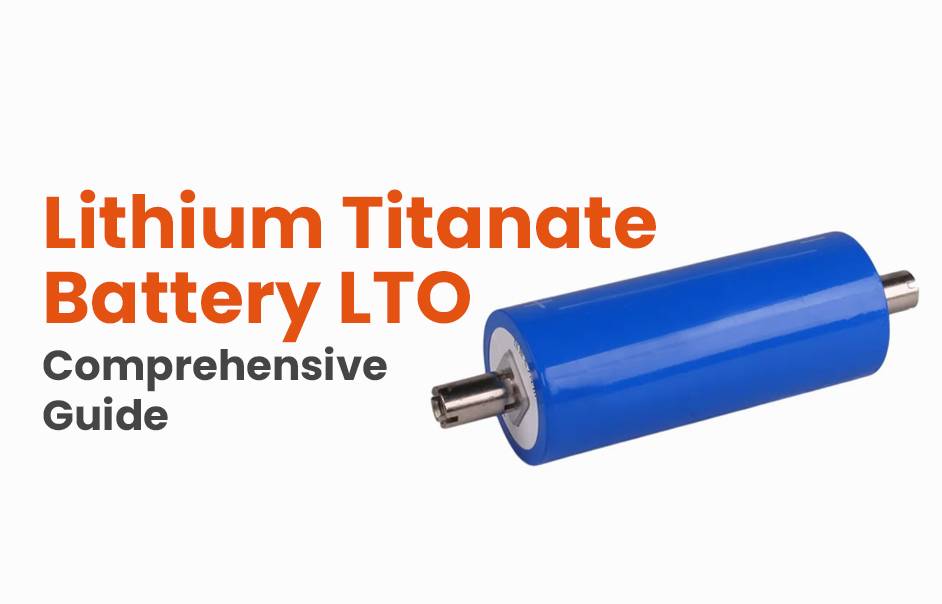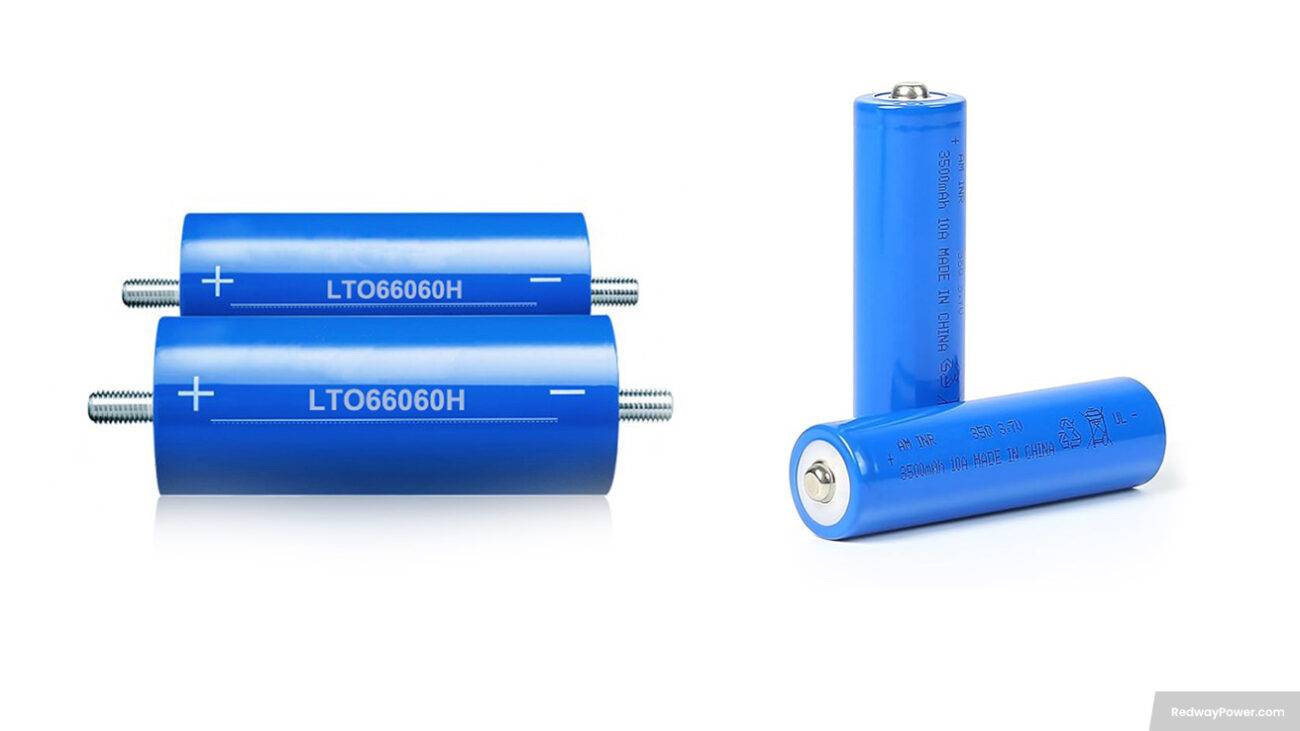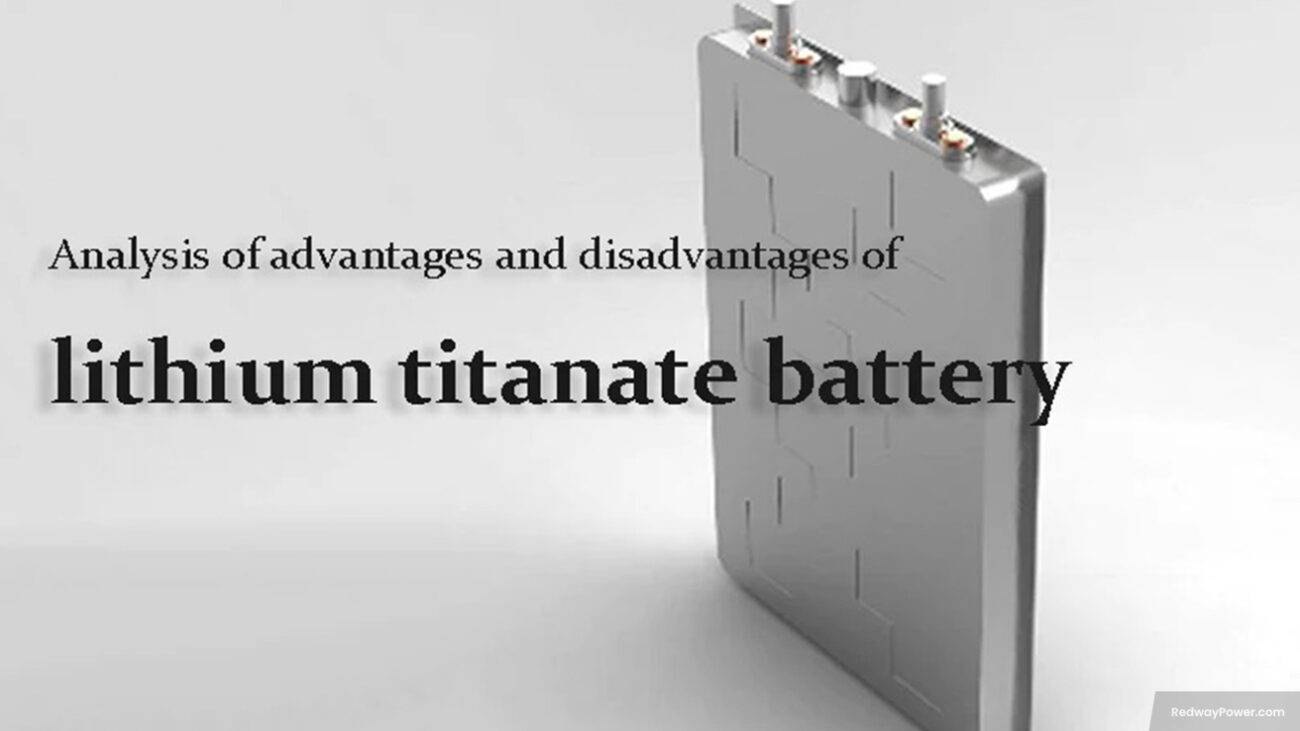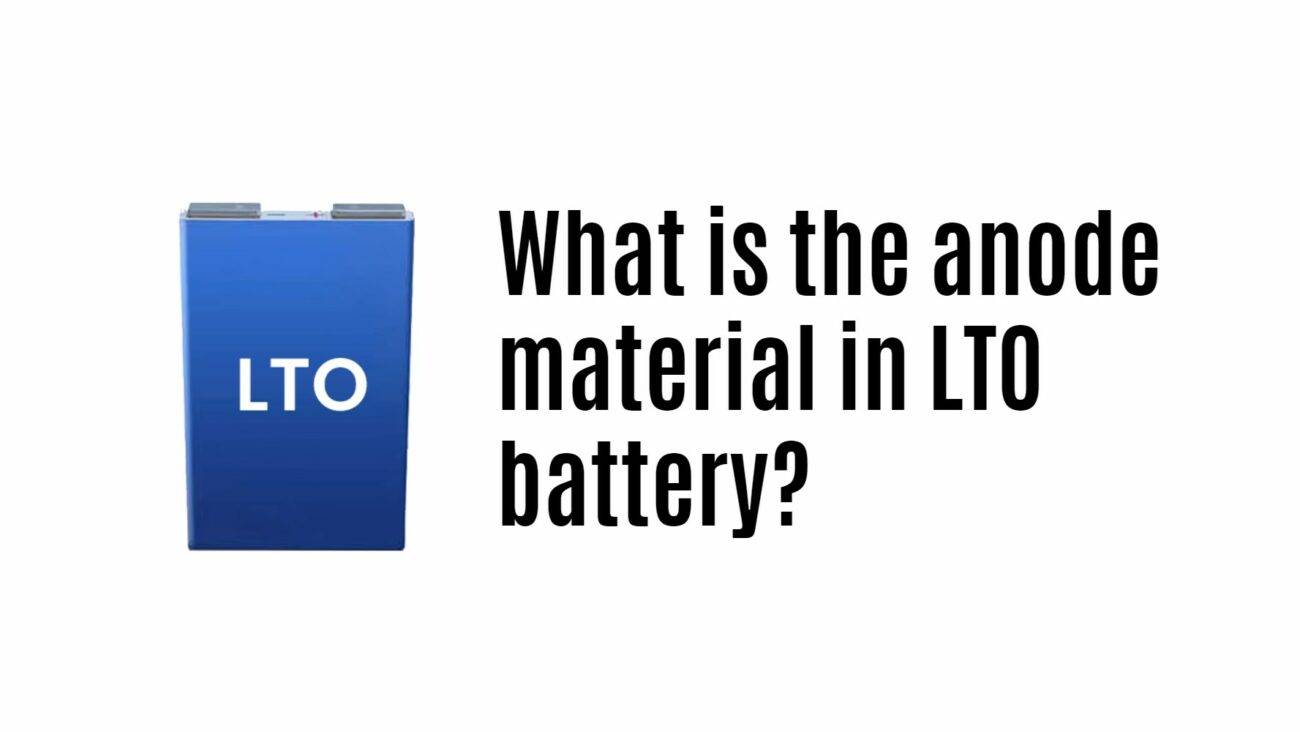Welcome to our blog post on LTO batteries – the powerhouse of energy storage! In this post, we’ll explore what LTO batteries are, how they work, and why they’re a game-changer in powering our devices. Join us as we delve into their efficiency, advantages, disadvantages, and applications across different industries. Get ready to discover the fascinating world of LTO battery technology!
How LTO Battery Works
LTO batteries, or Lithium Titanate Oxide batteries, are a type of rechargeable battery that utilizes lithium-ion technology but with a unique composition for better performance.
- Working Mechanism: LTO batteries operate by facilitating the movement of ions between electrodes during charging and discharging. This movement involves lithium ions shifting between the cathode and anode, releasing or storing energy in the process.
- Advantages: Thanks to their special titanate materials, LTO batteries offer advantages such as rapid charging, extended cycle life, and minimal heat generation. These properties make them ideal for applications requiring quick charging times and long-term durability.
- Efficient Ion Transport: The fast ion transport enabled by LTO batteries results in improved overall performance compared to other rechargeable battery types. Their low internal resistance ensures efficient energy transfer, contributing to enhanced efficiency and reliability.
Advantages of LTO Battery
Lithium-titanate (LTO) batteries are gaining popularity due to their exceptional advantages over other battery types. Let’s explore these advantages:
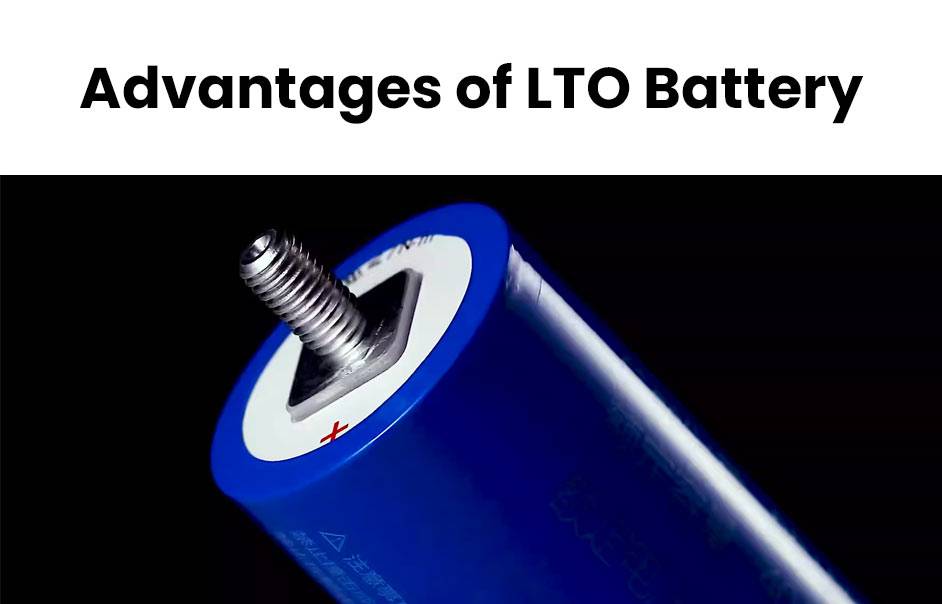
- Long Cycle Life: LTO batteries can endure thousands of charge and discharge cycles without significant degradation, making them highly durable and long-lasting.
- Fast Charging: They boast rapid charging capabilities, allowing them to be charged at higher rates than other batteries, making them ideal for applications requiring quick recharging.
- Safety Features: LTO batteries have excellent safety features, being highly resistant to overheating and overcharging, minimizing the risk of accidents or damage.
- Wide Operating Temperature Range: These batteries can operate efficiently in extreme weather conditions, from scorching heat to freezing cold, ensuring reliable performance.
- Low Self-Discharge Rates: LTO batteries exhibit minimal self-discharge, retaining their stored energy for longer periods when not in use, ensuring readiness when needed.
- Environmental Friendliness: LTO technology utilizes non-toxic materials and has a lower carbon footprint, making it a more environmentally friendly option compared to traditional lithium-ion batteries.
Disadvantages of LTO Battery
While Lithium-titanate (LTO) batteries offer several advantages, they also have some drawbacks to consider. Let’s explore these disadvantages:
- Low Energy Density: LTO batteries have lower energy density compared to other types of batteries, requiring more physical space to store the same amount of energy.
- Higher Cost: They tend to be more expensive due to the materials used in their construction, making them less accessible for applications with budget constraints.
- Lower Voltage Characteristics: LTO batteries have lower voltage characteristics, which may limit their use in devices requiring higher operating voltages.
- Shorter Cycle Life: Compared to other battery types, LTO batteries have a shorter cycle life, meaning their capacity and performance degrade faster over time.
- Complex Manufacturing Processes: The manufacturing processes for LTO batteries can be complex and specialized, posing challenges for scaling up production and integration into existing systems.
Comparison with Other Types of Batteries
Lithium Titanate Oxide (LTO) batteries stand out among various battery types due to their unique advantages. Let’s explore these benefits:
- Long Lifespan: LTO batteries have an extended lifespan compared to other batteries, making them suitable for applications requiring durability and longevity.
- Fast Charging: One of the most significant advantages of LTO batteries is their rapid charging capability. Unlike traditional batteries that take hours to charge, LTO batteries can be fully charged in just minutes, providing users with convenience and efficiency.
- Enhanced Safety: LTO batteries offer excellent safety features, including thermal stability and reduced risk of overheating or fire. This ensures a safer user experience and minimizes the chances of accidents or damage caused by battery malfunctions.
- Slightly Lower Energy Density: While LTO batteries may have slightly lower energy density compared to some other battery types, their high power density compensates for this limitation, maintaining efficient performance in various applications.
In summary, LTO batteries offer a compelling combination of durability, fast charging, and safety features, making them a favorable choice for many applications despite their slightly lower energy storage capacity.
Applications of LTO Battery
Lithium-titanate oxide (LTO) batteries offer diverse applications across different industries due to their unique properties. Let’s explore some of these applications:

- Electric Vehicles (EVs): LTO batteries are extensively used in electric vehicles due to their high power density and fast charging capabilities, enabling shorter charging times and facilitating widespread adoption of EVs.
- Energy Storage Systems (ESS): In renewable energy systems like solar or wind power, LTO batteries play a vital role in storing excess energy efficiently, ensuring reliable backup power during peak demand periods.
- Industrial Equipment: LTO batteries power heavy-duty machinery in various industries, thanks to their long service life, wide temperature range, and rapid charge capabilities, ensuring uninterrupted operation in manufacturing, warehouses, and construction sites.
- Medical Devices: In healthcare, LTO batteries provide reliable power for critical medical equipment such as portable monitors, infusion pumps, and surgical tools, ensuring uninterrupted operation during emergencies or critical procedures.
- Aerospace Applications: LTO batteries are utilized in aerospace technologies like drones and satellites for their lightweight yet powerful performance, providing stable power supply with reduced weight restrictions.
- Energy Grid Stabilization: LTO batteries contribute to stabilizing electrical grids by facilitating frequency regulation, helping balance supply-demand issues and enhancing overall grid stability.
These applications highlight the versatility and importance of LTO batteries across various sectors, with ongoing advancements expected to further expand their utility.
Who are using LTO Batteries?
Lithium Titanate Oxide (LTO) batteries have become essential in multiple industries, providing outstanding performance and a host of advantages. Whether transforming automotive technology or supporting renewable energy, LTO batteries boast a wide array of applications across various sectors. Click to know more.
Improving Efficiency of LTO Battery: Current Research and Future Possibilities
Researchers are actively working to enhance the efficiency of LTO batteries further. Let’s explore the current research directions and future possibilities:
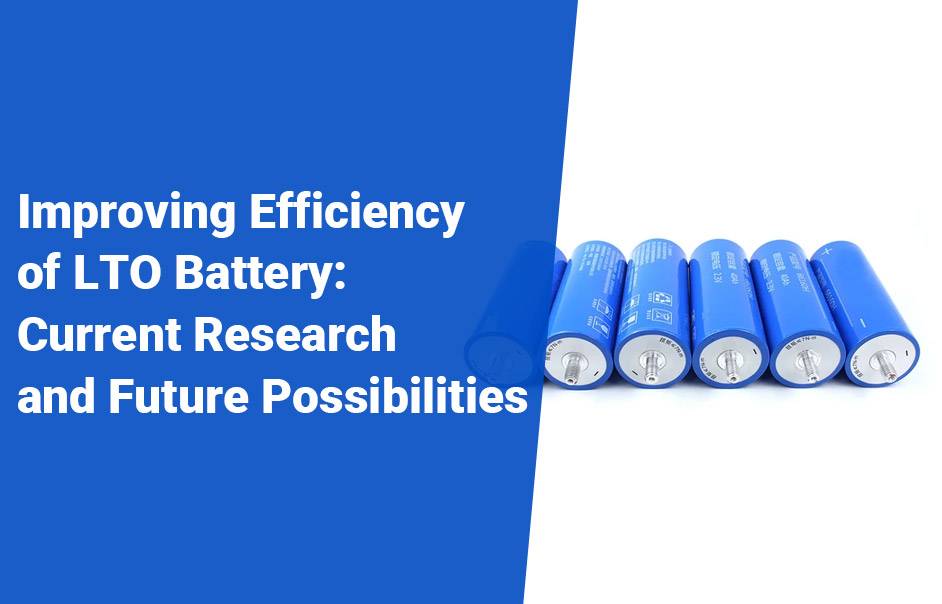
- New Electrode Materials: Research focuses on finding electrode materials like graphene that can increase energy storage capacity without compromising safety. Graphene’s high conductivity and ability to store more lithium ions per unit mass make it a promising candidate for improving LTO battery efficiency.
- Optimized Electrolyte Composition: Scientists are experimenting with different additives and solvents to improve ion transport properties within LTO batteries. This optimization aims to minimize side reactions during charge-discharge cycles, thereby enhancing battery efficiency.
- Advanced Manufacturing Techniques: Innovations in manufacturing, such as nanostructuring electrodes or applying protective coatings, aim to reduce resistance at interfaces and improve overall battery performance. These techniques could lead to more efficient LTO batteries in the future.
Future Possibilities:
- Integrating LTO batteries with supercapacitors or other lithium-ion cells in hybrid systems could offer combined benefits of high power delivery and long-term energy storage.
- Developing intelligent management systems for monitoring battery health and optimizing charging/discharging processes will ensure efficient operation while maximizing battery lifespan.
These research directions and future possibilities highlight the ongoing efforts to further enhance the efficiency of LTO batteries for various applications.
FAQs
What is the performance of LTO battery?
Lithium-titanate (LTO) batteries offer excellent performance in terms of high power density, rapid charging and discharging capabilities, and a long cycle life. They can withstand thousands of charge-discharge cycles without significant degradation, making them ideal for applications that require frequent cycling.
Which is better LTO battery or LiFePO4 battery?
The choice between LTO and LiFePO4 batteries depends on specific application requirements. LTO batteries excel in high-power applications, fast charging, and long cycle life, while LiFePO4 batteries offer higher energy density and better thermal stability. LiFePO4 batteries may be preferred for energy storage applications, while LTO batteries are often chosen for applications where rapid charging, high power output, and durability are crucial.
What are the disadvantages of LTO batteries?
Despite their many advantages, LTO batteries tend to have lower energy density compared to other lithium-ion chemistries, meaning they store less energy per unit of volume or weight. This can result in larger and heavier battery packs for a given energy storage capacity. Additionally, LTO batteries typically have higher initial costs compared to some other lithium-ion chemistries.
What are the advantages of LTO batteries?
Lithium-titanate (LTO) batteries offer several advantages, including high power density, rapid charging and discharging capabilities, long cycle life, and excellent thermal stability. They are also known for their safety and reliability, making them suitable for demanding applications such as electric vehicles and energy storage systems.
What is the life of a lithium titanate battery?
Lithium-titanate (LTO) batteries have an exceptionally long cycle life, capable of enduring tens of thousands of charge-discharge cycles without significant degradation. This longevity makes them highly durable and reliable for use in applications that require frequent cycling, such as electric vehicles and renewable energy storage systems.
Which type of battery is best in the world?
The “best” type of battery depends on the specific requirements of the application. Different battery chemistries offer various combinations of energy density, power density, cycle life, safety, and cost. For example, lithium-ion batteries, including variations like lithium-titanate (LTO) and lithium iron phosphate (LiFePO4), are widely used and considered among the best for various applications due to their high energy density, excellent cycle life, and rapid charging capabilities.
What is the C rate of LTO?
The C-rate of a battery refers to the rate at which it is charged or discharged relative to its capacity. Lithium-titanate (LTO) batteries typically have a high C-rate capability, allowing them to be charged and discharged at rates exceeding 10C or even higher. This rapid charging and discharging capability make them suitable for applications where quick energy transfer is essential, such as electric vehicles.
Which types of batteries last the longest?
Lithium-titanate (LTO) batteries are known for their exceptional longevity, capable of enduring tens of thousands of charge-discharge cycles with minimal degradation. Other lithium-ion chemistries, such as lithium iron phosphate (LiFePO4), also offer long cycle lives compared to traditional lead-acid batteries or other lithium-ion variants.
What is the difference between LTO and lithium-ion battery?
Lithium-titanate (LTO) batteries are a type of lithium-ion battery, but they differ in their electrode material. While traditional lithium-ion batteries often use graphite-based anodes, LTO batteries utilize lithium-titanate as the anode material. This difference results in various characteristics, including higher power density, rapid charging and discharging capabilities, excellent cycle life, and enhanced safety and thermal stability for LTO batteries compared to other lithium-ion chemistries.

